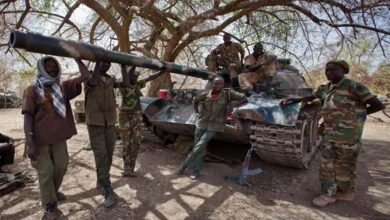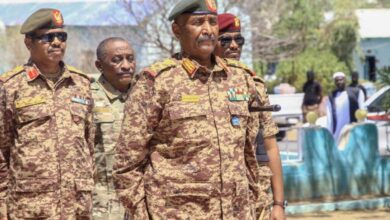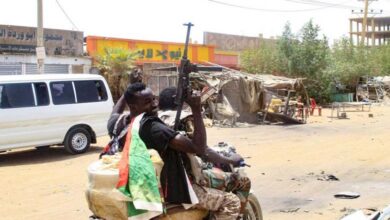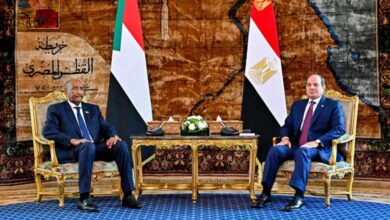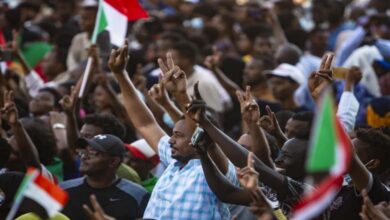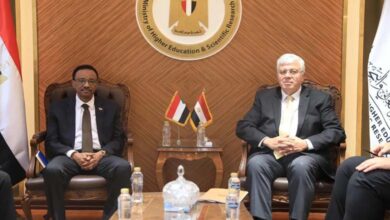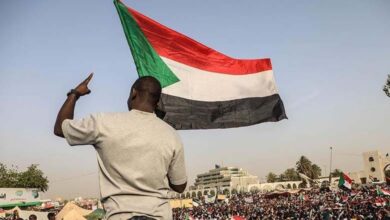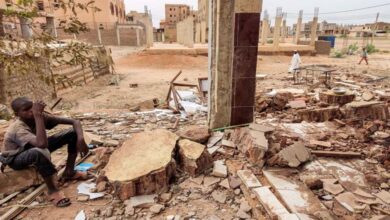Iran: A Safe Haven for Terrorist Organization Al-Qaeda
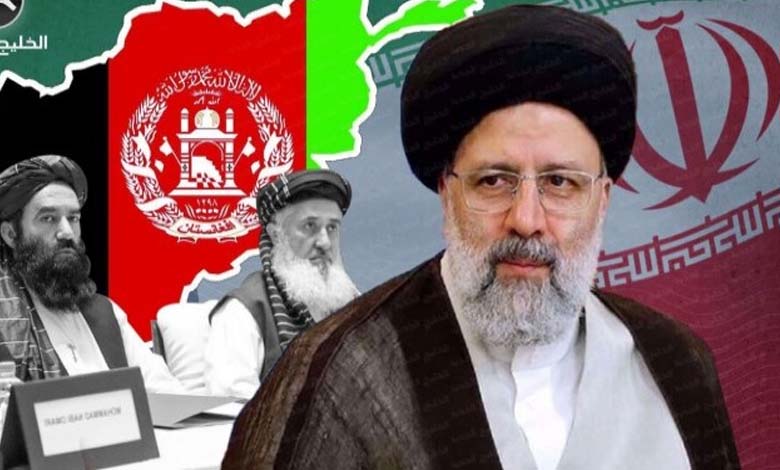
It has become evident that the ruling system of the Guardianship of the Islamic Jurist in Iran, controlling power for 40 years, is escalating terrorist threats regionally and internationally through military militias fighting on its behalf in neighboring countries.
Iran-backed Houthi militias, armed and trained by Tehran in Yemen, did not hide their involvement in targeting Saudi oil facilities two weeks ago, while the US military held Iran and its affiliated militias responsible for sabotaging attacks against commercial ships.
The Iranian involvement through its militias in carrying out terrorist attacks against those it considers hostile to its interests is no longer hidden, as Tehran has intensified its incitement both politically and through the media in an attempt to boost the activities of proxy militant groups.
The Iranian theocratic regime, which rose to power in 1979, has spent four decades fostering a climate of intimidation and fear among its local population to execute a terrorist agenda beyond its borders, in addition to providing logistical and material support and offering a safe haven for several extremist organizations.
Since the 1980s, Washington has categorized Iran among the leading state sponsors of global terrorism, imposing bans on prominent Iranian officials from entering its territories and seizing their possible assets.
Iran has turned Yemen’s territories into a backyard battlefield by supporting the Houthi coup militias, aiming to threaten the interests of the Kingdom of Saudi Arabia, whose air defenses have intercepted attacks on government installations in recent years, detecting around 225 ballistic missiles and hundreds of drones.
Iranian-backed Houthi militia attacks have reached the outskirts of the capital Riyadh, with some directed towards Mecca. Reports from the Arab coalition revealed remnants of drones proving the Revolutionary Guard‘s supply of capabilities to the Houthis.
Iran embarked on a strategy of exporting chaos and openly supporting terrorist groups following the ascension of former Supreme Leader Khomeini to power at the end of the 1970s, preceding a bloody campaign to eliminate all opposition.
Neighboring countries have borne the brunt of Iran’s recent terrorist agenda, including its blatant interventions in internal affairs, starting from its involvement in the 1983 attack on the US embassy in Beirut through the Lebanese Hezbollah militia.
In response to Saudi Arabia’s policy aimed at curbing Iran’s regional hostility, Iran, through Basij militias (one of the internal pressure groups receiving orders from the Revolutionary Guard), launched sabotage attacks against the Saudi embassy between 1987 and 2016.
Iran’s malicious role in sowing chaos and propagating incitement during the Hajj seasons, exploiting the holy pilgrimage, has been evident. Iran executed terrorist plots targeting the Hajj seasons in 1986 and 1987 by sending explosives concealed in pilgrims’ bags and inciting its pilgrims to inflame sectarian tensions.
Official records in the Kingdom indicate that security authorities thwarted an Iranian criminal plot during the 1986 Hajj season, where Saudi security and customs officials seized 51 kilograms of highly explosive C-4 material, according to the official Saudi news agency “SPA.”
The end justifies the means – a motto adopted by Tehran when its ideology, initially confined to supporting Shiite organizations, extended to providing a safe haven on its soil for Al-Qaeda leaders following the September 11, 2001 attacks, which claimed the lives of nearly 3000 people.
Iran was labeled as a “safe passage” for the transfer of funds and prisoners for the benefit of the terrorist organization Al-Qaeda, as well as the main artery for transporting elements and establishing contacts to continue logistical support for terrorists.
Saif al-Adel (a leader in Al-Qaeda) is one of the prominent members of the terrorist organization who found refuge in the heart of Iran following the simultaneous terrorist attacks targeting several locations within the United States 18 years ago.
Saif al-Adel, implicated in planning and executing the bombings of the US embassies in Tanzania and Kenya in 1998, spent about 9 years under the protection of Iranian Revolutionary Guard militias in the suburbs of Tehran.
Iran’s terrorism did not stop there, as Ahmed al-Mughassil, one of the most wanted security suspects in Saudi Arabia for 20 years, was apprehended for his involvement in the 1996 attacks that resulted in the killing of 19 American soldiers and 372 others.



